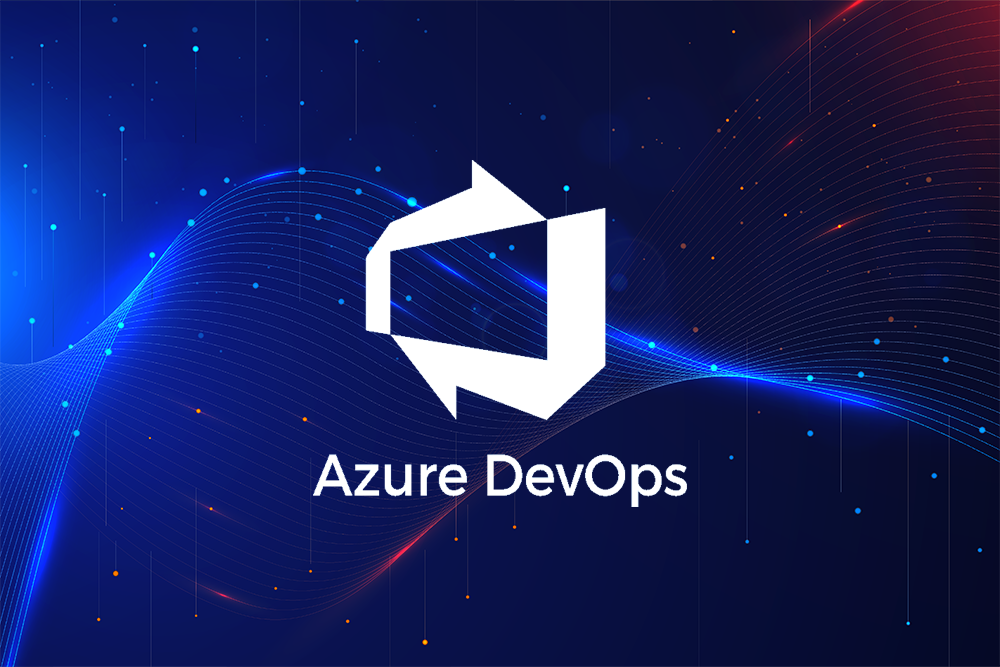Introduction
Welcome to our comprehensive tutorial on setting up Azure DevOps Infrastructure and CI/CD pipelines for a full-stack .NET 8 application!
In today's fast-paced development landscape, delivering high-quality software quickly and reliably is more important than ever. Whether you're working on a new product, upgrading an existing system, or managing a large-scale application, having a well-structured DevOps pipeline can make all the difference. That's where Azure DevOps comes in—a powerful platform that brings together development, operations, and quality assurance in one seamless workflow.
Why This Tutorial?
This tutorial is designed to be your go-to guide for mastering Azure DevOps and applying it to a full-stack application built with the latest technologies—C# .NET 8, Entity Framework Core, SQL Server, and Angular. You’ll learn how to create a robust, scalable infrastructure that supports automated testing, security checks, and continuous delivery across all your environments.
Whether you're a seasoned DevOps engineer looking to refine your skills or a developer stepping into the world of continuous integration and deployment, this tutorial will provide the practical insights, tools, and strategies you need to succeed.
What You’ll Learn
In this tutorial, we'll walk you through every step of setting up a complete DevOps pipeline, covering:
- Project Setup and Structure: Learn how to organize your backend, frontend, and infrastructure repositories for modular, scalable development.
- Infrastructure and Environments: Discover how to configure your on-premise OpenShift platform to host multiple environments—from Development to Production—ensuring consistent deployment across the board.
- Pipeline Requirements: Set up automated Azure DevOps pipelines with YAML to manage build, test, and deployment processes, integrating tools like SonarQube, Checkmarx, and Nexus.
- Testing and Quality Gates: Implement a comprehensive testing strategy with unit tests, integration tests, static code analysis, and security scans to enforce quality and compliance.
- Additional Tools and Integrations: Explore how to enhance your pipelines with tools like Xray for manual testing, UiPath for automated testing, and Grafana and ELK Stack for monitoring and logging.
- Security and Compliance: Leverage Azure Key Vault, Checkmarx, SonarQube, and OWASP ZAP to secure your application and ensure compliance with industry standards.
- Developer Experience: Optimize your development workflow with tools, scripts, and best practices for Visual Studio 2022 and VS Code, enhancing productivity and collaboration.
Why Azure DevOps?
Azure DevOps provides a unified platform that integrates with a wide range of tools, frameworks, and environments, making it the perfect choice for managing complex, modern applications. With Azure DevOps, you get a complete toolkit for source control, pipeline automation, testing, monitoring, and security—all in one place.
By mastering Azure DevOps, you can automate repetitive tasks, reduce manual errors, and deliver software faster and more reliably. You will be empowered to focus on what matters most—building great applications that delight your users.
Who Should Follow This Tutorial?
- DevOps Engineers: Looking to refine their CI/CD pipeline skills with Azure DevOps and learn advanced strategies for managing deployments and testing.
- Developers: Seeking to understand how DevOps practices enhance software delivery and quality, and how to set up pipelines for full-stack applications.
- IT Managers: Interested in improving the efficiency and reliability of software delivery processes.
- Security Professionals: Aiming to integrate security checks and compliance policies into the development lifecycle.
Get Started Today!
By the end of this tutorial, you'll have a fully operational Azure DevOps pipeline tailored to a full-stack .NET 8 application, complete with best practices for security, testing, monitoring, and developer experience. Whether you're building new applications or optimizing existing ones, this guide will equip you with the knowledge and tools to excel in your DevOps journey.
So, let's dive in and get started with creating a world-class DevOps environment for "Defi-Central"!
Overview: "Defi-Central" is a full-stack application consisting of multiple components:
- Backend API built with C# .NET 8.
- Frontend developed using Angular.
- Database managed with Entity Framework Core (EF Core) and SQL Server.
- Infrastructure to handle deployment and environment configuration.
To efficiently manage these components, we will use multiple repositories: one for each main component and one for infrastructure. This separation ensures that each team can work independently while maintaining a clean and organized codebase.
We will create three separate repositories:
- Backend Repository (defi-central-backend): Contains the .NET 8 Web API and related backend logic.
- Frontend Repository (defi-central-frontend): Contains the Angular front-end code and assets.
- Infrastructure Repository (defi-central-infra): Contains the Infrastructure as Code (IaC) configurations and deployment scripts.
1. Backend Repository (defi-central-backend)
The backend repository contains the core logic of the application, which includes the .NET 8 Web API, EF Core for database access, and unit and integration tests.
defi-central-backend/
├── src/
│ ├── DefiCentral.Api/ # Main Web API project
│ │ ├── Controllers/ # API Controllers
│ │ ├── Models/ # Data models and DTOs
│ │ ├── Services/ # Business logic and services
│ │ ├── Startup.cs # Application startup configuration
│ │ └── Program.cs # Main entry point of the application
│ └── DefiCentral.Data/ # Data access layer using EF Core
│ ├── Migrations/ # EF Core migrations
│ ├── Models/ # Database models (e.g., Entities)
│ └── DefiCentralDbContext.cs # EF Core DbContext configuration
├── tests/
│ ├── DefiCentral.UnitTests/ # Unit tests for API and services
│ └── DefiCentral.IntegrationTests/ # Integration tests with a test database
├── scripts/
│ ├── init-db.ps1 # Script for local database initialization
│ └── run-migrations.ps1 # Script for applying EF Core migrations
└── .azure-pipelines/
└── backend-ci-cd.yml # Azure Pipeline definition for backend
